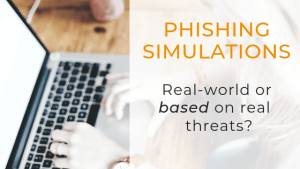Blog
Why Social Media is Increasingly Abused for Phishing Attacks
Thu, 09/05/2019
Today, social media is a daily medium for communication for much of the modern world, and adoption only continues to grow. Because of this, much like how threat actors started to target mobile users, they have begun to abuse social media, too.
While marketing teams have been known to monitor social media to protect their brand and communicate on their behalf, they are not equipped to handle...













